Key specs
Type: Mirrorless
Sensor: 25.2MP Micro Four Thirds BSI CMOS
Lens mount: Micro Four Thirds (MFT)
ISO range: 100-51200
Viewfinder resolution: 3.68m dot OLED
Video capability: 5.8K 30p 4:2:0, C4K 60p 4:2:2, FHD 240p 4:2:2
Weight: 1.77 lb / 805 g
Size: 5.45 x 3.95 x 3.92 inch / 138.4 x 100.3 x 99.6 mm
Memory card type: 1x SD/SDHC/SDXC (UHS-II), 1x CFexpress Type B
We all know that full-frame cameras are most commonly used for low-light photography and astrophotography, but that certainly doesn't mean that they're the only option. Micro Four Thirds (MFT) camera systems are also an attractive option because the overall size and weight of kits make them extremely portable, which can be ideal for photographers who often hike to their chosen locations.
The Panasonic Lumix GH7 is a hybrid MFT camera with impressive features aimed at both photo and video capture. Video is undoubtedly a huge part of the offering here, it can't be ignored and includes an internal recording of 5.7K 30 FPS ProRes 422 HQ and ProRes RAW HQ. So, it is safe to say that this professional camera is an incredibly attractive proposition for videographers.
Chances are, with night sky and astrophotography being your main interest, it is the photo functionality that is most relevant to you, and you won't be disappointed. The GH7 features a 25.2MP backside illuminated (BSI) CMOS sensor and has tons of direct access controls alongside features including timelapse capture. We will go into more detail later but for now, we can say that the GH7 is one of the best cameras for low-light photography in its class.
At $2198 / £1999 body only, the GH7 is a professional price for a Micro Four Thirds camera, but it is a flagship G-series camera after all. Despite the smaller sensor than a full-frame camera, image quality is impressive, and when partnered with the right lenses, it is an attractive camera for capturing low-light situations.
Panasonic Lumix GH7: Design
- 3.0-inch vari-angle touchscreen
- Cooling system
- Abundance of direct access controls
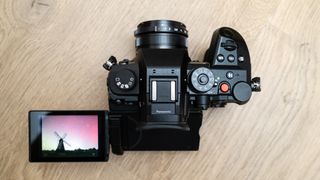
Micro Four Thirds cameras used to be small; they were incredibly compact when we saw the first models including the Panasonic Lumix G1. Over the years, however, they have grown in size to be, in many cases, the same ballpark size and weight as full-frame mirrorless cameras, despite having a sensor that is half the size.
The GH7 is quite a chunky camera, but it is comfortable in the hand thanks to a large grip despite weighing 1.77 lb / 805 g (surprisingly slightly heavier than the full-frame Lumix S5IIx). On the plus side, lenses are smaller and lighter than full-frame lenses, so this is where the system excels and ultimately brings kit size and weight down.
The camera is well-made and features weather sealing, but like the full-frame S5IIx, this is vaguely described as simply being dust—and splash-resistant. However, for low-light photography, which is often shot in cooler temperatures, it can be used in temperatures down to 14 degrees Fahrenheit / -10 degrees Celsius.
In terms of looks, it certainly isn't going to win any beauty awards, but it is functional, and ultimately, that is what you want in a camera. There are plenty of direct-access controls on the camera body, which means you don't always have to delve into menus to adjust settings unless they are less commonly used advanced settings. Everything you often need is within easy reach.

The ISO button on the top of the camera body sits in the center of three buttons and has two raised dots like braille for touch identification. This makes it easy to work out which of the three buttons you are pressing in the dark. Other controls require muscle memory, but this develops over time the more you use any camera.
Being so heavily geared toward video, the GH7 has an internal cooling system that sits behind the 3-inch 1.84m-dot vari-angle touchscreen. There's also a full-size HDMI port alongside headphones and microphone jacks and a USB-C port. Wireless connections include WiFI and Bluetooth, but these will eat away at the battery when left on so these do need to be used sparingly. In terms of storage, there's one SD/SDHC/SDXC (UHS-II) slot and a faster CFexpress Type B slot.
Panasonic Lumix GH7: Functionality
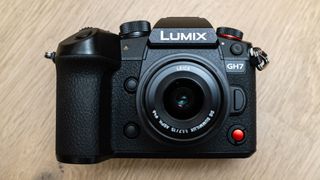
- OLED viewfinder
- Dual Image Stabilization
- Phase Detection AF System/Contrast AF
The GH7's electronic viewfinder (EVF) provides a resolution of 3.68m dots, which provides a clear and punchy image with a display speed of 120 FPS or 60 FPS available. Most low-light photographers use manual focus, but the GH7 offers a hybrid Phase Detection AF System/Contrast AF System for fast and precise autofocus, including subject detection which works well.
When focusing manually, however, by default, a magnified area appears on the LCD screen and in the viewfinder. This area can be moved to the desired position and zoomed in using the thumbwheel. This is a fantastic tool for precise focusing on stars and makes manual focus incredibly effective in this situation.
Regarding shooting speed for action, the GH7 can continuously shoot up to 14 FPS with the mechanical shutter. Faster speeds are possible with the electronic viewfinder. Sure, this isn't the fastest, but it will adequately cover most fast-paced situations. Conversely, when slowing down and shooting long exposures, there is an onscreen countdown timer, which isn't essential but is undoubtedly useful for low-light photography.
Due to the longer exposure times, the night sky and astrophotography are typically shot with the camera firmly attached to a tripod. But for situations where you need to shoot handheld, in-body Image Stabilization is highly effective, providing up to 7.5 stops of compensation.
This can be paired with Optical Image Stabilization for even more refined results when using compatible lenses, which helps users to create smoother video footage when shooting handheld, with or without a gimbal. Photographers can enjoy shooting handheld at much lower shutter speeds.
Panasonic Lumix GH7: Performance
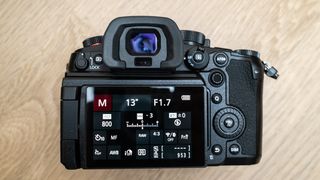
- Impressive image quality
- Respectable high ISO handling
- Professional video capture
The GH7 features a 25.2MP backside illuminated (BSI) CMOS sensor which is backed up by a Venus processing engine. This provides an overall performance increase over the GH6, alongside improved noise handling. ISO handling is an important factor for many photographers, particularly those working in low-light situations and with telephoto lenses capturing action.
The native ISO range is only 100 to 25600, which isn't as high as many cameras, but for the majority of photographers, this isn't going to be an issue. Not to mention, during testing when shooting the Aurora Borealis and landscape scenes under the light of a full moon, the highest ISO setting required was only ISO 800 when the camera was paired with the Panasonic Leica DG 15mm f/1.7 lens.

The Aurora Borealis shot with the Panasonic Lumix GH7
The crop factor of Micro Four Thirds is 2x, so the 15mm provides an equivalent focal length of 30mm. It was only when shooting wildlife with a 200mm telephoto lens that ISO needed to be set as high as ISO 4000, but even at this increased level, noise was more than acceptable and ISO handling was impressive overall.
Image quality can't be faulted and is great for both photos and videos. One advantage of shooting the night sky with a Micro Four Thirds camera is that the depth-of-field is larger than with a full-frame or APS-C camera when shooting at a wide aperture such as f/1.7. This means that as long as you don't shoot too close to the focal point/foreground interest, both this and the stars will generally be captured sharp and in focus despite focusing on the stars.
Like many Panasonic Lumix cameras, the GH7 has a Live View Boost mode that can be accessed within the camera menu. This is essential for shooting the night sky because without it the LCD screen and EVF remain black. This mode lifts the exposure so you can see everything in the scene, but live exposure no longer works. This is of no consequence because this feature never works for astrophotography anyway.
Video can be captured at 5.8K 30 FPS 4:2:0, C4K 60 FPS 4:2:2, and FHD 240 FPS 4:2:2, with in-camera ProRes 422 HQ and ProRes RAW HQ available. You can also capture video in standard color profiles. There are also several other professional video features available, but without listing them suffice to say, this is a camera that professional videographers will enjoy alongside photographers.
Panasonic Lumix S5IIx: Price
The body-only price of the GH7 is $2198 / £1999, so it comes at a professional price level, which may seem expensive for a Micro Four Thirds camera. The thing is, this is a professional camera with hybrid photo and video capabilities alongside a range of advanced features and functionality.
There is also a kit option available that includes the 12-60mm f/2.8-4 lens which costs $2798 / £2499. This lens provides a full-frame equivalent focal length of 24-120mm. So, if you'd like a versatile focal range, you could use this lens at 12mm f/2.8 for astrophotography, although a faster f/1.7 prime lens would be a better lens for this type of photography.
Should you buy the Panasonic Lumix GH7?
Micro Four Thirds cameras aren't the most obvious choice for astrophotography because of their smaller sensors and higher pixel densities than full-frame cameras. But that certainly doesn't mean they're incapable of being used for this type of photography. Sure, ISO handling isn't as good as full-frame, but with the right lenses, you don't have to go so high that this becomes an issue.
The main advantage of Micro Four Thirds kits is that although the cameras themselves can be the same size and weight as full-frame cameras, the lenses are significantly smaller and lighter. This ultimately means that you have a considerably smaller and lighter kit to carry around, or you can comfortably carry more lenses when shooting.
If this camera isn't for you
If you'd like a Panasonic Lumix full-frame camera for capturing your night-time adventures, the Panasonic Lumix S5IIx features a 24.2MP CMOS sensor and is slightly less expensive than the GH7 but the lenses are larger and heavier.
The Canon EOS R8 is a fantastic full-frame camera for astrophotography and is also lighter than the GH7, although it does use larger and heavier lenses. The 24.4MP sensor handles noise well, making it a worthy alternative.
The Fujifilm X-T5 features a 20.2MP sensor and some impressive technology packed into its retro-inspired design. It's also APS-C, so it uses a larger sensor than the GH7 while maintaining a more compact and lightweight body.
.png)
 4 hours ago
7
4 hours ago
7


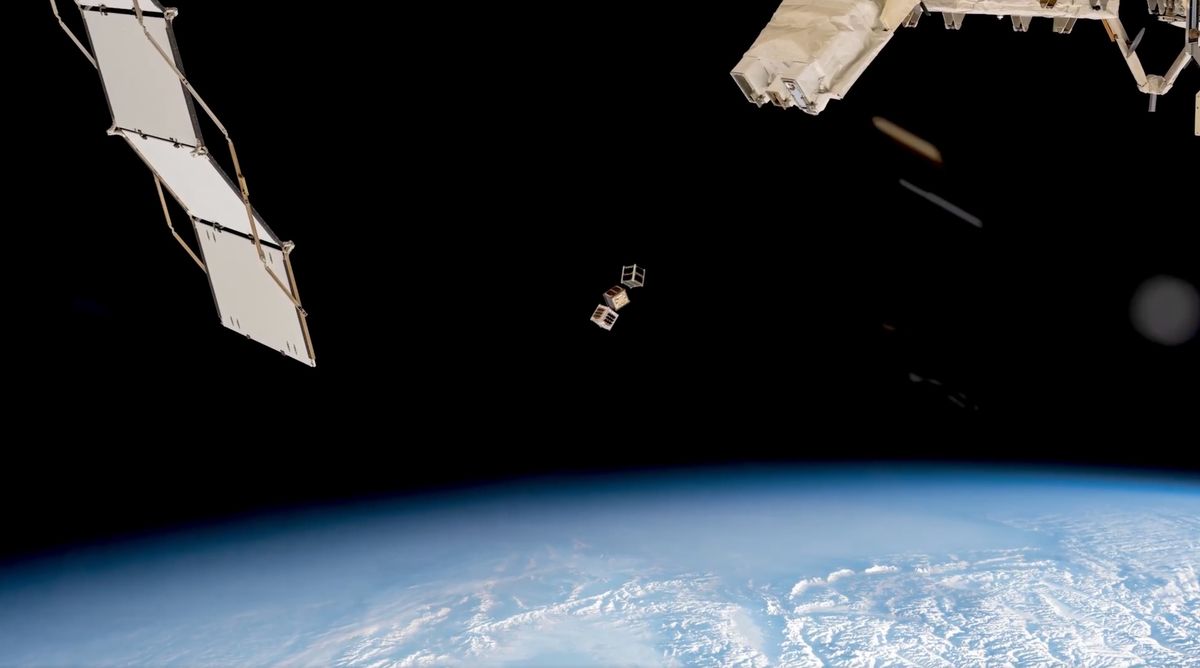
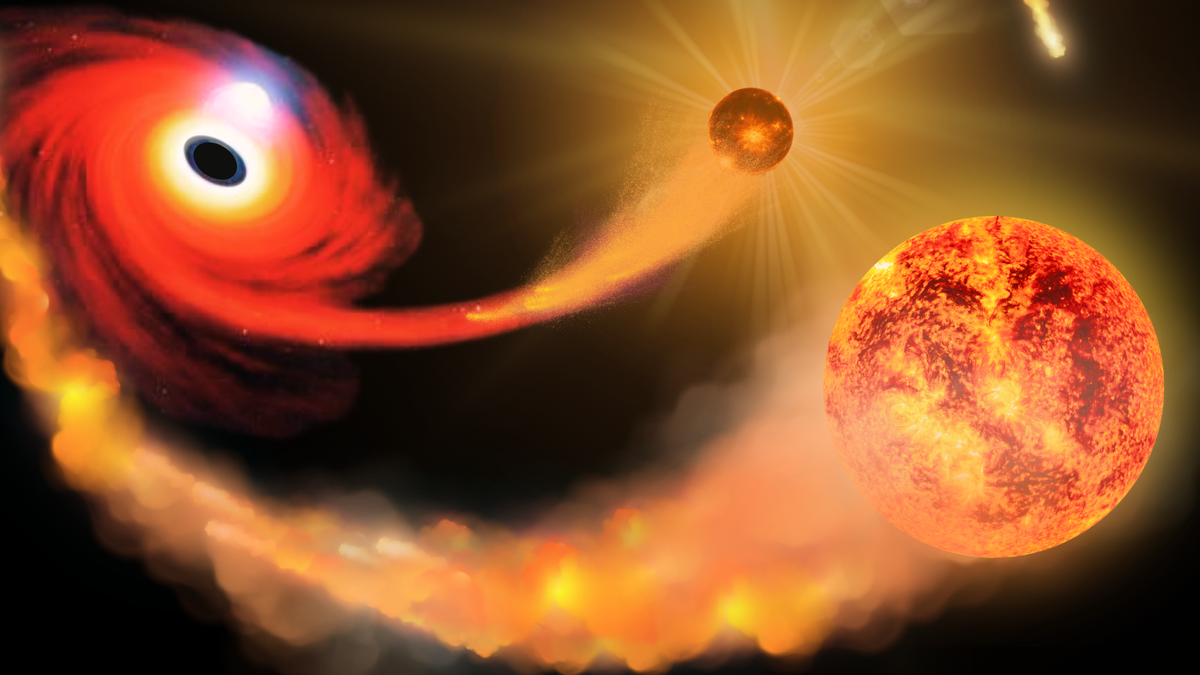
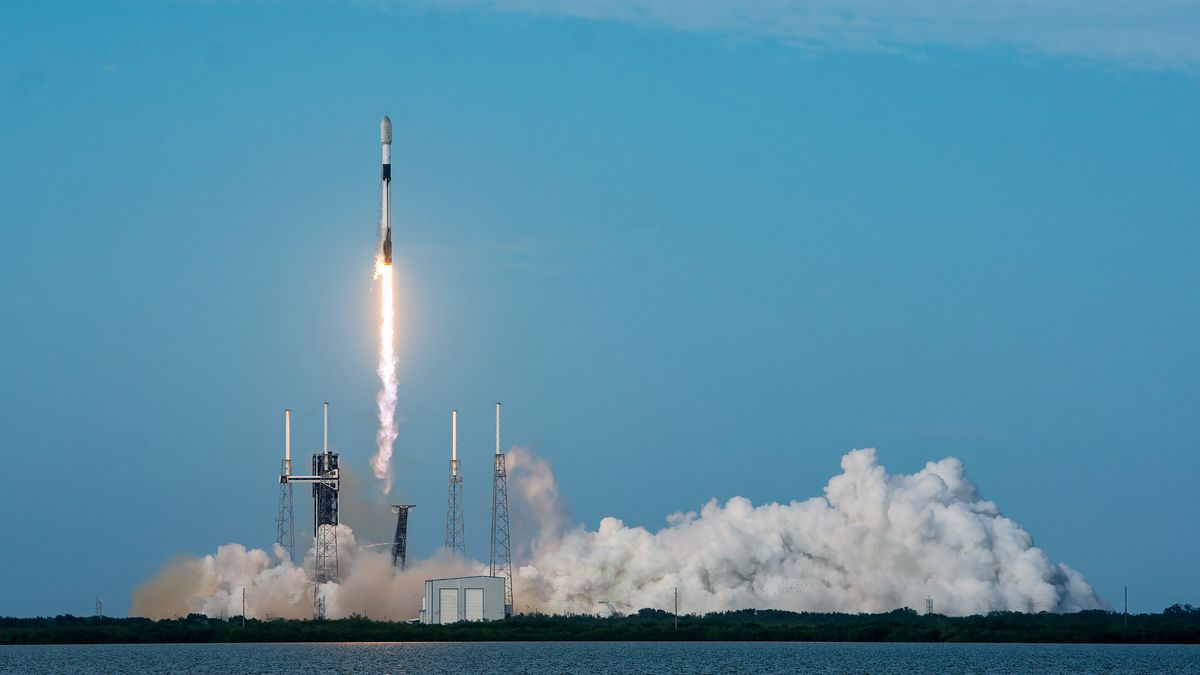
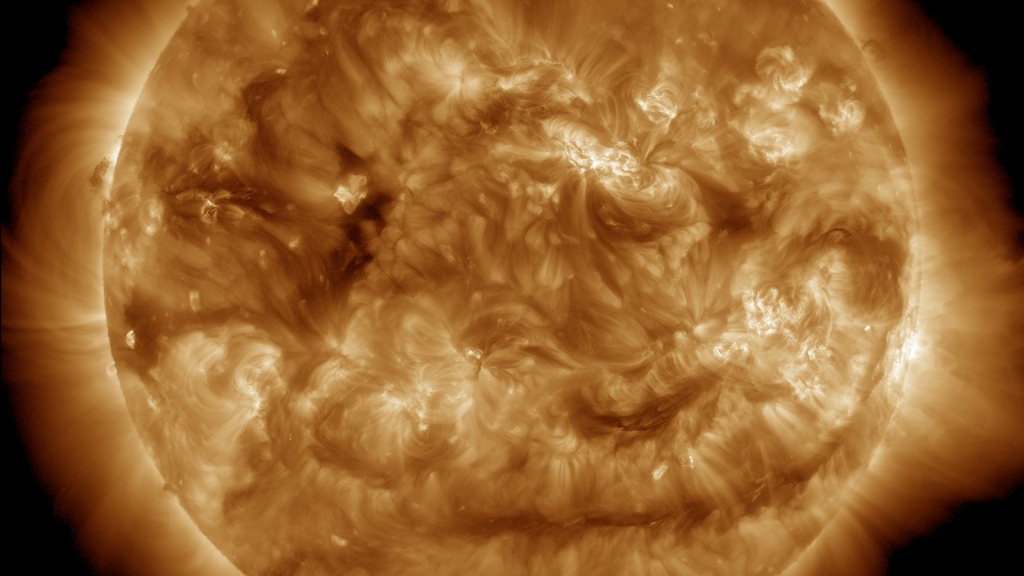
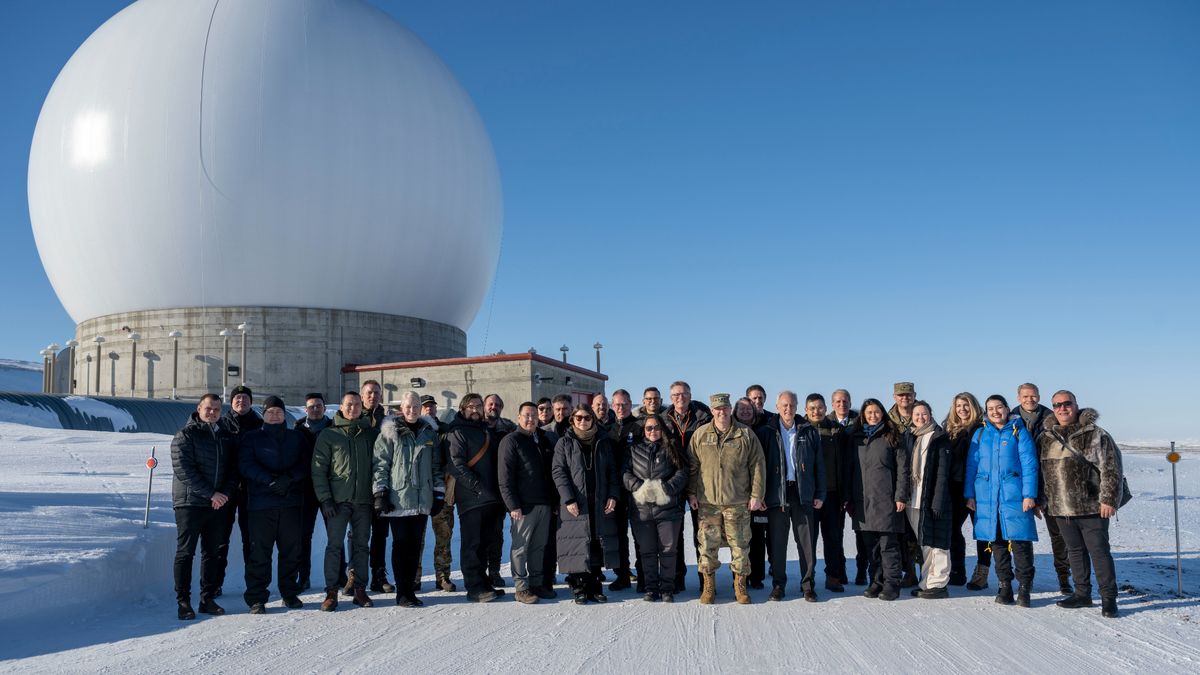
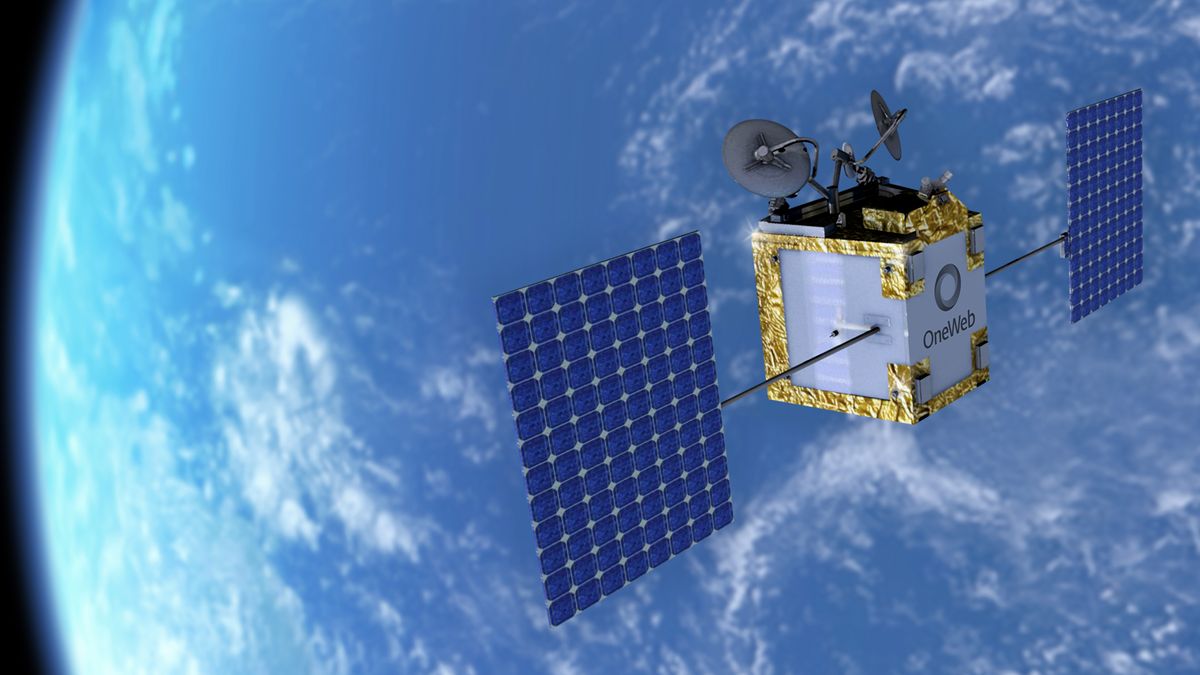

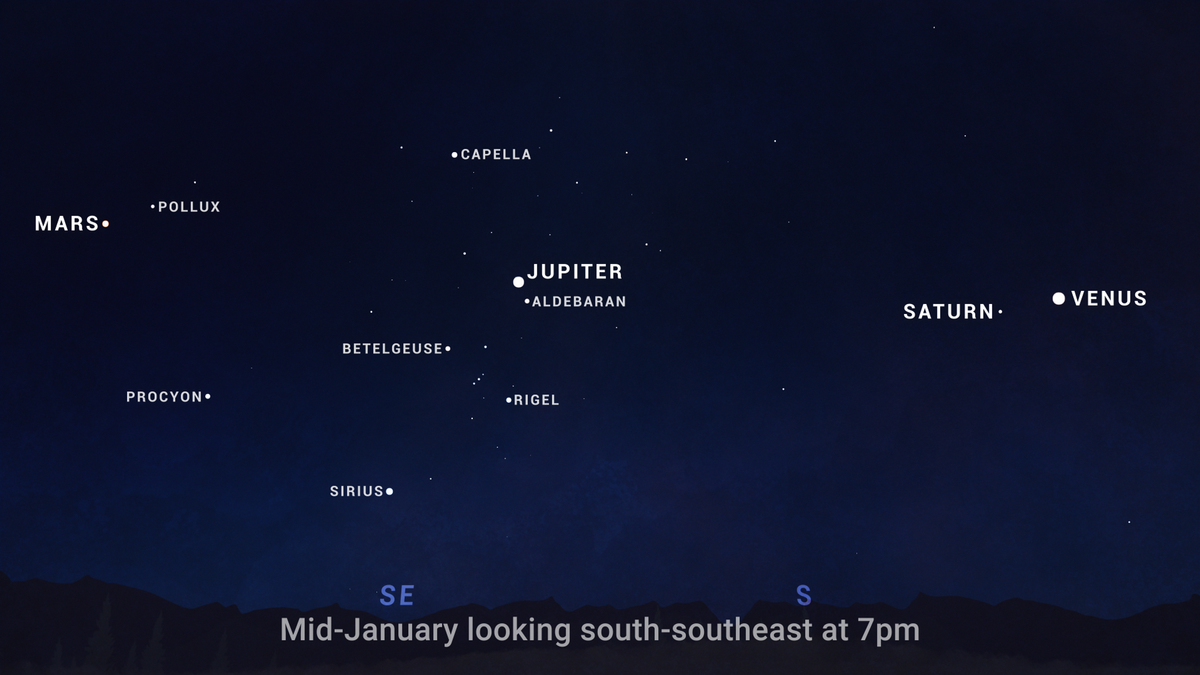
























 Bengali (BD) ·
Bengali (BD) ·  English (US) ·
English (US) ·